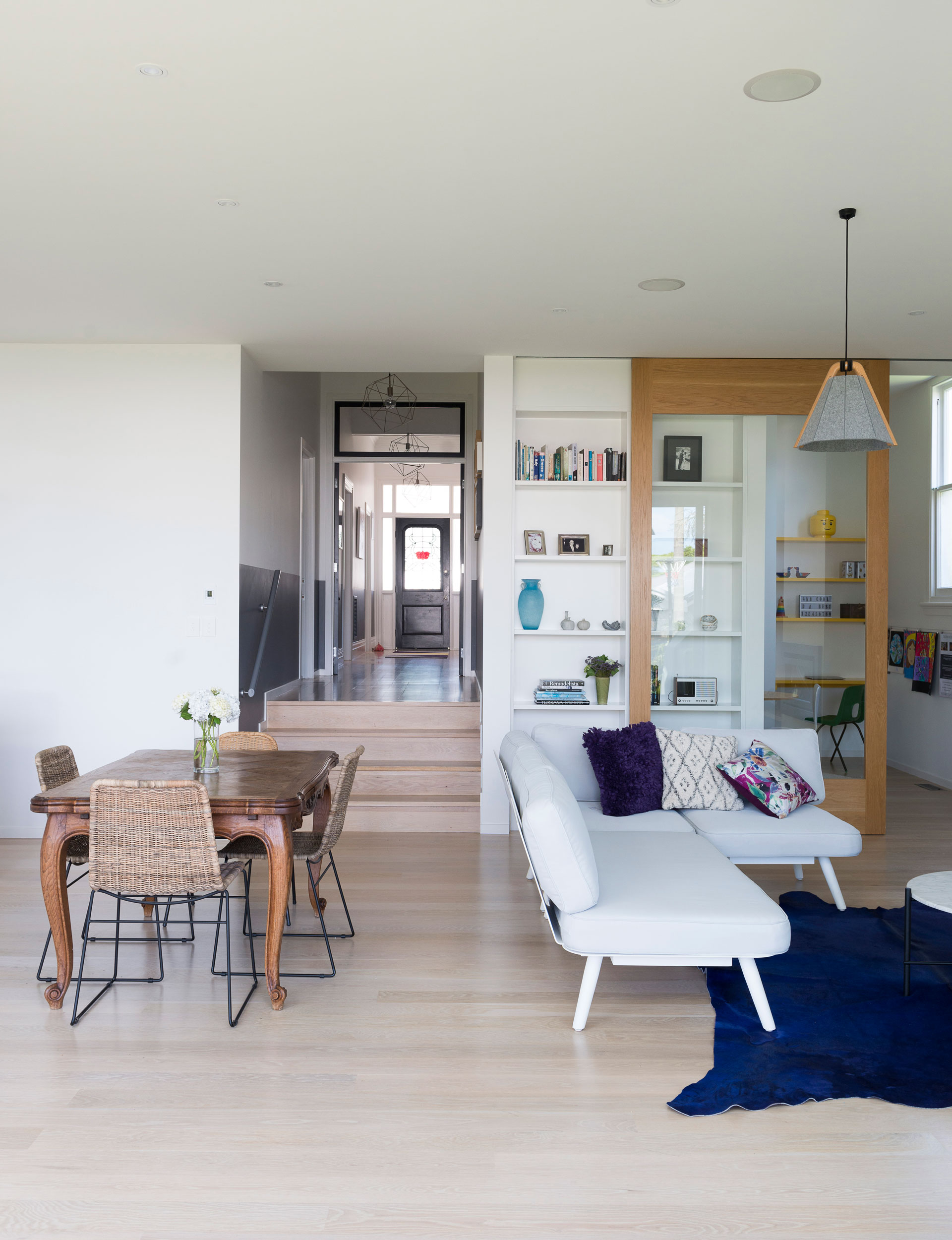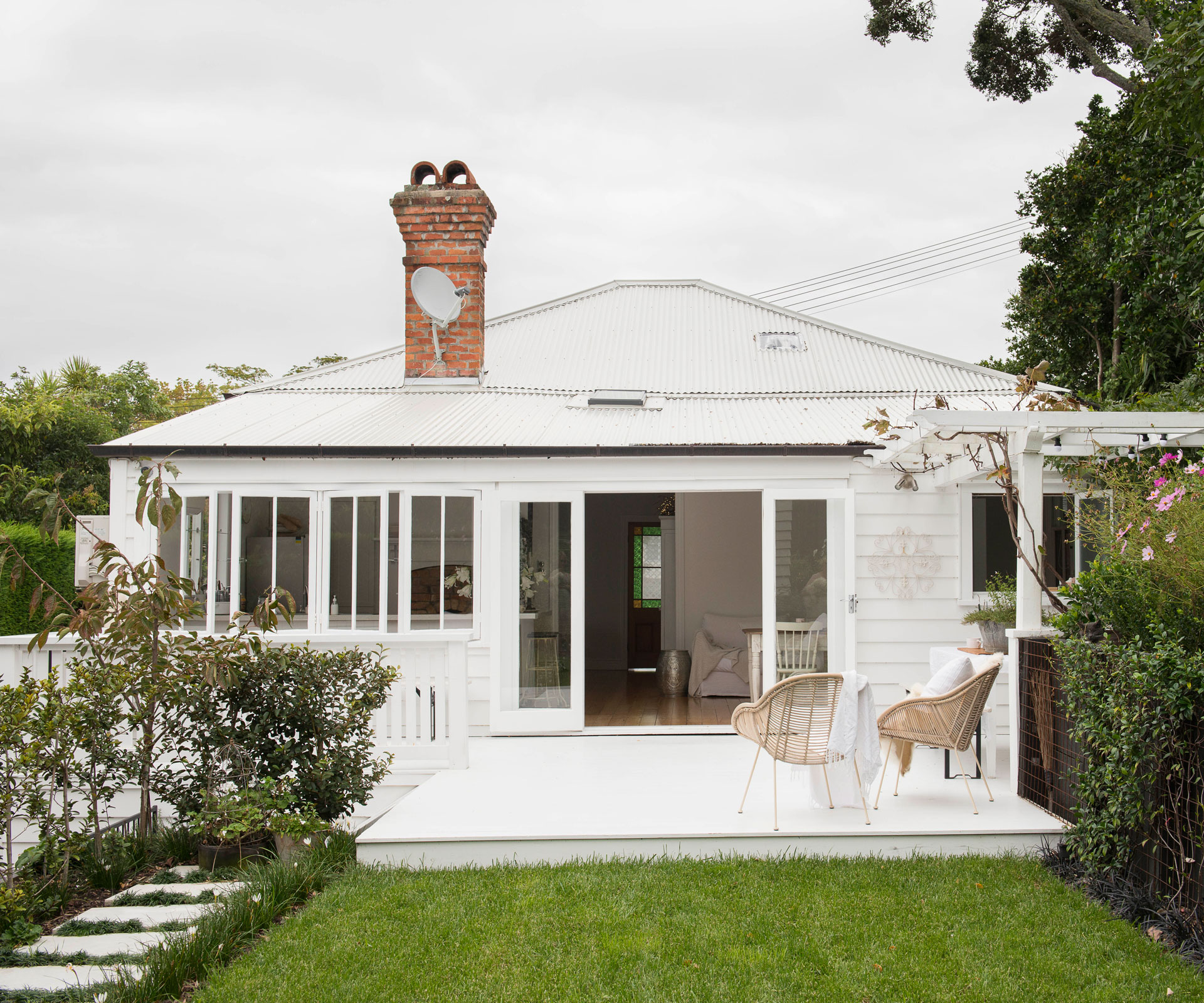Buying a house can be an emotionally charged process. Follow this helpful checklist to filter your choices and stay level headed

Buying a house is a serious business but it’s also a decision that is often ruled as much by our hearts as our minds. We may have a hit list of priorities but it’s all too easy to ignore these when faced with a home that captures our imaginations and we become emotionally invested in the decision-making process.
Real estate agents often recommend that buyers refine their search into “wants” and “needs”. It’s all very well to have a long list of wants but these should take second place to the all-important needs. Often these essential features revolve around things such as the location, number of bedrooms and flexibility of living spaces. However, it’s also sometimes easy to get hung up on a few particular things, when a more flexible attitude may very well present plenty of extra options.
Here’s a checklist to help you filter your choices so you can fully understand the priorities of your search and what you are prepared to compromise on.
1. Location
This is not just about picking your favourite suburb. Consider:
- Closeness to family and friends.
- Commuting times to work and schools.
- Links to public transport and closeness to motorway on ramps and main arterial routes.
- Sense of community — sports facilities, parks, shopping centres/café culture, community buildings, eg, library, neighbourhood centre, regular activities such as farmers’ markets, night food markets, exercise classes, etc.
- Quality of neighbourhood — surrounding homes and gardens, street lighting, kerbing etc, through traffic, crime rate and feeling of security
- Possible future developments planned for area which may change its character.
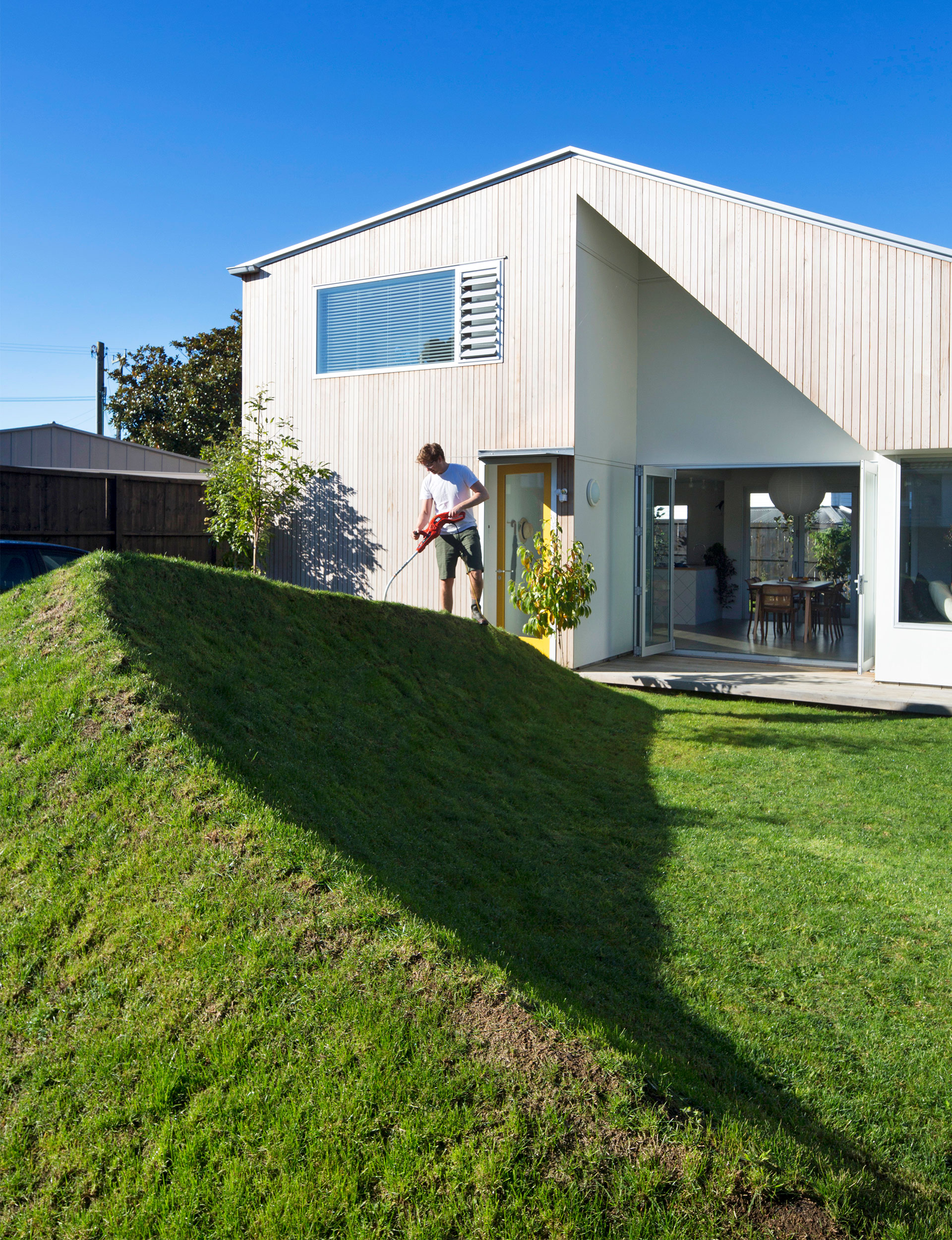
2. Site
- Check the orientation of the house to sun and prevailing winds. What’s the sense of light inside like? Are there any trees/hedges that might create shade pockets in the house?
- What is the situation of the house on the block — does it make the most of the block? Ask yourself questions like is it positioned too near the street and what’s the distance from neighbours?
- What is the access like — can you drive onto the site? Is there a garage and plenty of off-street parking? Are there lots of stairs leading to the front door? Are pathways and driveways safe and in good condition?
- Look at the extent of hard landscaping that has been done to maximize the use of the site. What’s the quality of the existing landscaping like? Is there potential to make more of the site by levelling, building a deck and fencing?
- What is the ongoing maintenance required? For example lawn mowing, hedge trimming, garden bed maintenance, hard surfaces that need water blasting, pools, spas, etc.
- What are your main uses for your outdoor area and is this property suited to this? Do you want room for kids to play, a veg patch or for al fresco entertaining?
- Has the site been surveyed accurately? Is it prone to flooding? Check anything that may affect the title and insurance.
3. Size and layout
- Look at the square meterage vs the number of rooms. Is the layout a good use of space?
- What is the number and size of bedrooms? Are they located away from the noise of main living areas? Do they offer privacy?
- When assessing the bathrooms check the proximity to bedrooms. Are they able to cope with your family’s daily needs? Is there easy access for guests? What is the ventilation like?
- For the living areas check the size and shape, flexibility, flow between areas and connection to the outdoors.
- Does the kitchen have a good connection to living areas and dining spaces? Is there enough storage and bench top space for food prep?
- Utility areas may seem unsexy spaces but they can make everyday life so much easier. Laundries, linen closets, storage for cleaning products, general storage, space for sports equipment, garage/shed facilities can all be a real bonus.
4. Style of house and quality of build
- Property type
Is the house a new build or heritage home? This will often be dictated by the era of your preferred suburb. - Standards
Check the foundations, roof, insulation, heat sources, glazing, paint condition and gutters. - Maintenance
Has the property been well-maintained? Assess major jobs that may need to be done in the future. The condition of kitchen and bathrooms are paramount as these involve major expenditure and will have to be accounted for in the price you pay for the property. - Details
This includes water pressure, water heating systems, power points and location, light fittings, heating systems, plus the age of electrical wiring and plumbing.
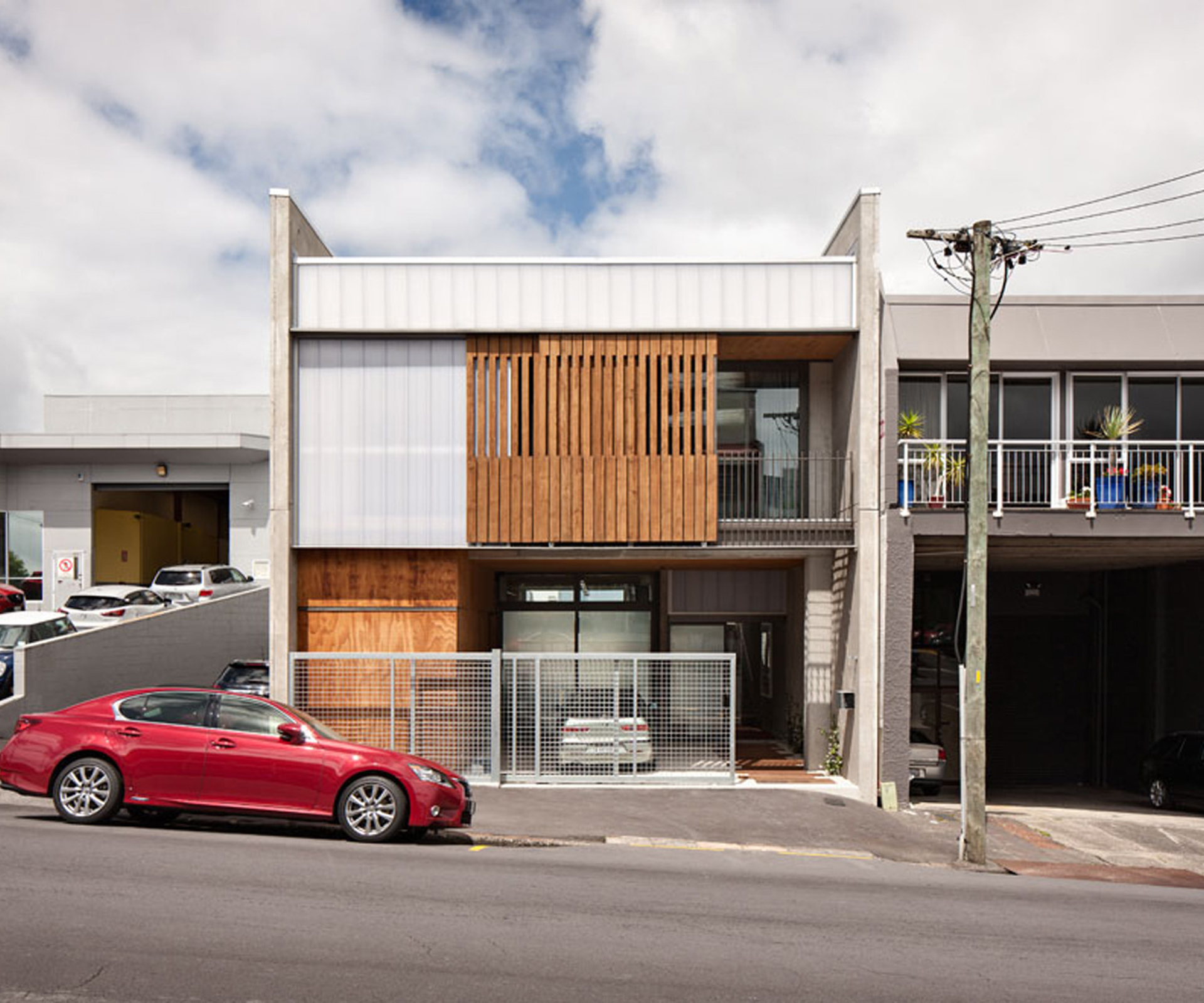
5. Footprint
- Does the property address your present needs and is it future proofed for a growing/shrinking family?
- What are the possibilities for expanding or changing the layout without major structural work?
- Is there potential for tweaking the house to your style by making cosmetic changes?
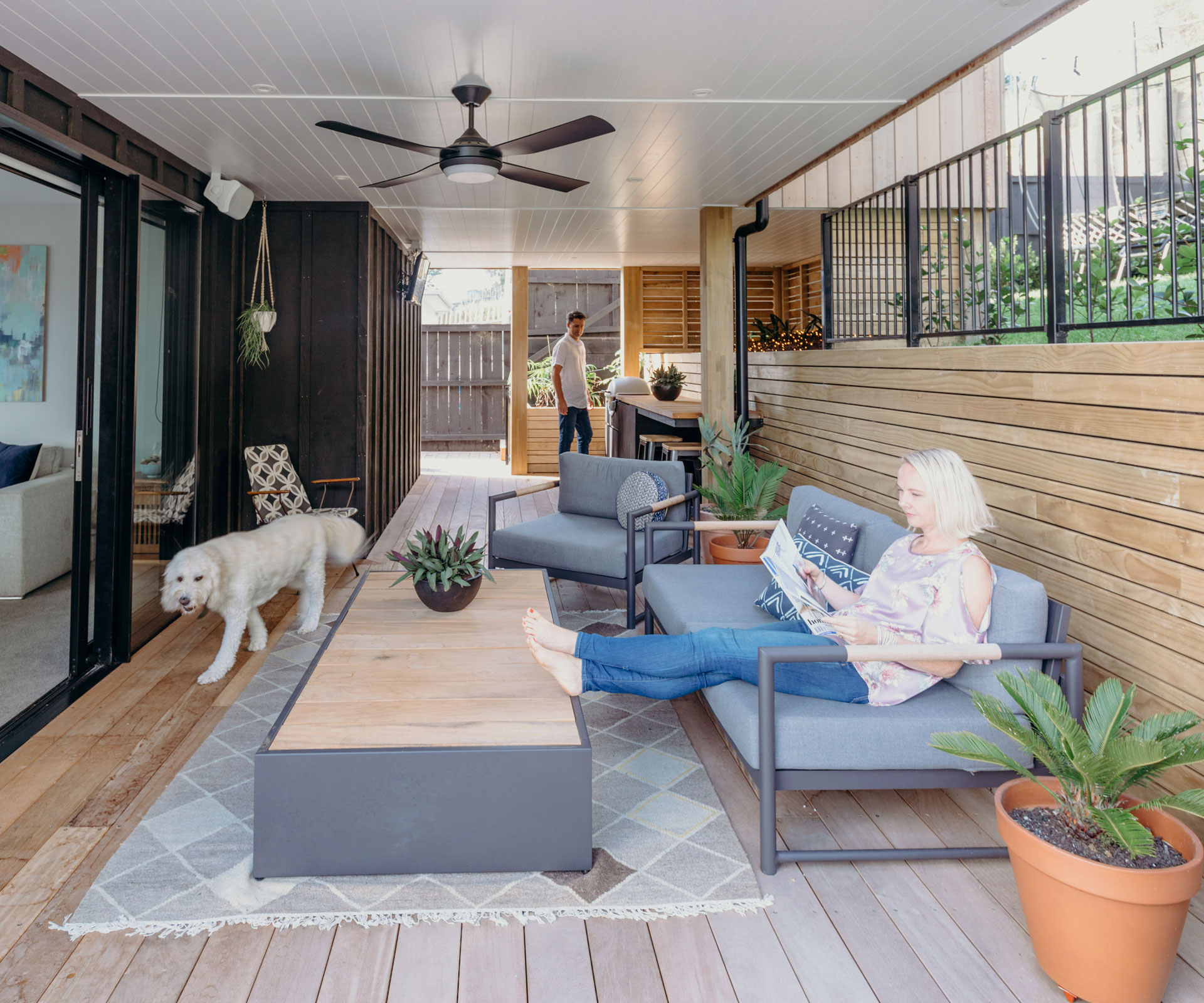
6. Can you imagine living there?
- After you’ve taken into account all the practical considerations the big question is: Do you love it? Some houses may need a bit of TLC but have the good bones and potential to become the welcoming home of your dreams. Just make sure you make an honest appraisal of the cost of any work that needs to be done and whether that’s within your budget.
If the home you’re after is up for auction and you plan to go, be sure to check out the 5 steps you should take before attending. If you’re certain on bidding – these are the three things you need to know before placing a bid at auction.
Words by: Sarah Beresford. Photography by: Sam Hartnett, David Straight, Helen Bankers, Emma MacDonald, Patrick Reynolds, Simon Devitt/bauersyndication.com.au
EXPERT PROJECTS

Create the home of your dreams with Shop Your Home and Garden
SHOP NOW


